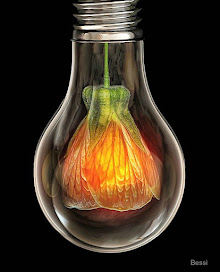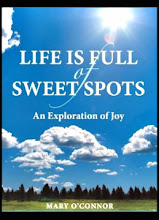 Composition and effect are critical elements in the art of flavor and fragrance creation. When fantasy and tradition are perfectly balanced, an alchemical result is certain. In creating Lebanese Yogurt Sherbet, Chef Danilo Zecchin of Ciao Bella Gelato accessed a memory from his travels and used it to create a refreshing dessert that elevates the genre, setting a new standard for sherbet.
Composition and effect are critical elements in the art of flavor and fragrance creation. When fantasy and tradition are perfectly balanced, an alchemical result is certain. In creating Lebanese Yogurt Sherbet, Chef Danilo Zecchin of Ciao Bella Gelato accessed a memory from his travels and used it to create a refreshing dessert that elevates the genre, setting a new standard for sherbet.
Creamy and slightly acidic by nature, labneh is a cultured milk product that is served cold. In 1976 Chef Danilo Zecchin was vacationing in Syria when he had his first taste of labneh. “I was 19 years old and it was love at first sight,” says Zecchin. Foods that are tart in nature usually require sweetening to make them palatable, but Zecchin focused on the refreshing nature of labneh, “In creating the flavor for the sherbet I sought to sustain the intense flavor of labneh while maintaining its light structure…letting the labneh drive the flavor, as opposed to adding other flavor ingredients was key.” Zecchin’s inspiration went from concept to completion in three days.
Traditional sherbet, which is Arabic in origin, is a frozen mixture of sweetened fruit juice and water (and occasionally, wine). American sherbets favor citrus fruits, but time-honored flavors such as tamarind, rose, and mulberry are recalled by author Claudia Roden in A New Book of Middle Eastern Food (1985). What makes Zecchin’s Lebanese Yogurt Sherbet astoundingly delicious is a fruity milky harmony that resonates throughout the structure. In perfumery, L’Artisan Parfumer’s Premier Figuier is an example of a perfectly pitched, fruity lactonic harmony—the creamy essence beneath the fig's skin shares center stage with the fruit's lush and refreshing interior. Launched in 1994, Premier Figuier set the standard for future iterations of green fig scents in perfumery. Ciao Bella’s Lebanese Yogurt Sherbet will likely have the same effect in the culinary world.
For Zecchin, travel is a catalyst for culinary and olfactive inspiration. “Travel is the best way to open up your mind. Emotions are translated in dishes and recipes and when you meet people from other countries…you come to know different smells, colors and foods. I’m Italian and love dishes that are as natural and simple as possible. This influences my gelato creations.” Spices from exotic lands also influence Zecchin’s taste in fine fragrance. “Calvin Klein’s Truth is my favorite…It’s dry, intense, woody and there's cardamom.”
Notes:
Lebanese Yogurt Sherbet is available at the Ciao Bella store, located in the lower level at Grand Central Station in New York City. It can also be ordered in 5 liter and 5 quart tubs by calling 1-800-GELATO-3.
Traditional sherbet, which is Arabic in origin, is a frozen mixture of sweetened fruit juice and water (and occasionally, wine). American sherbets favor citrus fruits, but time-honored flavors such as tamarind, rose, and mulberry are recalled by author Claudia Roden in A New Book of Middle Eastern Food (1985). What makes Zecchin’s Lebanese Yogurt Sherbet astoundingly delicious is a fruity milky harmony that resonates throughout the structure. In perfumery, L’Artisan Parfumer’s Premier Figuier is an example of a perfectly pitched, fruity lactonic harmony—the creamy essence beneath the fig's skin shares center stage with the fruit's lush and refreshing interior. Launched in 1994, Premier Figuier set the standard for future iterations of green fig scents in perfumery. Ciao Bella’s Lebanese Yogurt Sherbet will likely have the same effect in the culinary world.
For Zecchin, travel is a catalyst for culinary and olfactive inspiration. “Travel is the best way to open up your mind. Emotions are translated in dishes and recipes and when you meet people from other countries…you come to know different smells, colors and foods. I’m Italian and love dishes that are as natural and simple as possible. This influences my gelato creations.” Spices from exotic lands also influence Zecchin’s taste in fine fragrance. “Calvin Klein’s Truth is my favorite…It’s dry, intense, woody and there's cardamom.”
Notes:
Lebanese Yogurt Sherbet is available at the Ciao Bella store, located in the lower level at Grand Central Station in New York City. It can also be ordered in 5 liter and 5 quart tubs by calling 1-800-GELATO-3.
Photo of Chef Danilo Zecchin from the Ciao Bella Gelato website.









